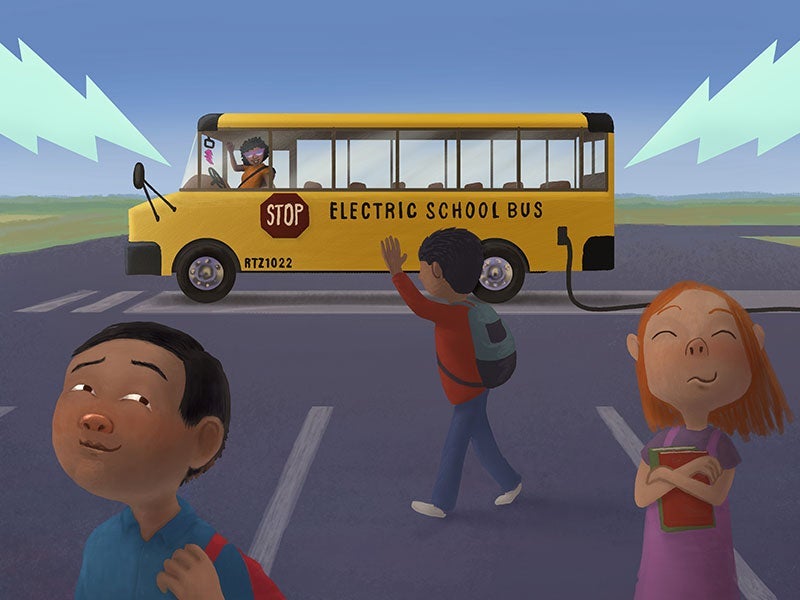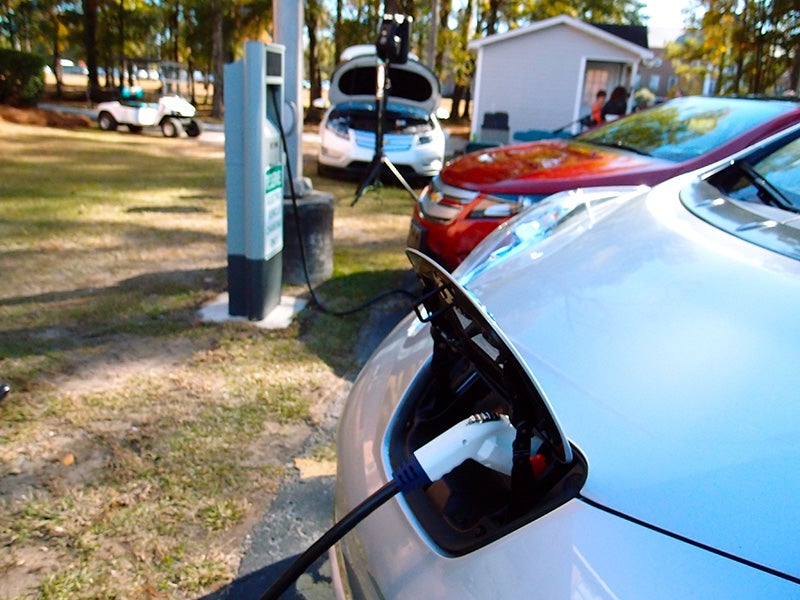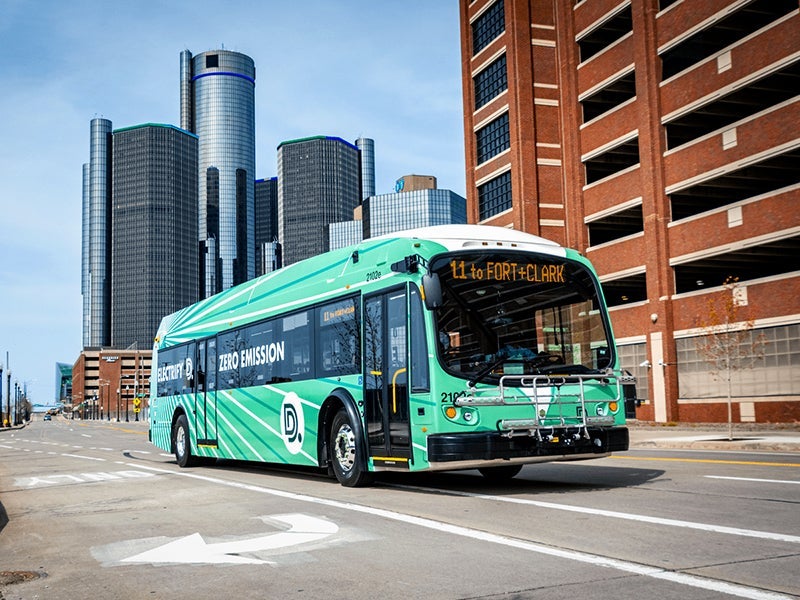June 5, 2023
Advancing Zero-Emission Medium and Heavy-Duty Vehicles and Environmental Justice Through the Bipartisan Infrastructure Law
President Biden signed the Infrastructure Investment and Jobs Act (IIJA), also called the Bipartisan Infrastructure Law (BIL) into law in November 2021. BIL authorizes nearly $1.2 trillion over 5 years, nearly $600 billion of which is related to surface transportation.
This page contains information on competitive funding sources that can be used for medium- and heavy-duty vehicle electrification, including charging infrastructure, or other means of reducing pollution burden from the transportation system.
Resources
- White House Guidebook to the Bipartisan Infrastructure Law: Comprehensive overview of all programs in the BIL
- Transportation for America’s Guide to the 2021 Infrastructure Law: In addition to an overview of the BIL, this page contains analysis and resources for grant applicants
- Alliance for Electric School Buses Clean School Bus Program Resource Page
Key Programs
Competitive Grants

What is it?
$5 billion to purchase zero-emission school buses, charging infrastructure, and related workforce development and training.

What is it?
$2.25 billion for projects to improve resiliency at ports, and reduce pollution and greenhouse gas emissions. This funding can be used for port electrification and planning, electric vehicle (EV) charging, harbor craft purchases and retrofits, cargo handling equipment purchases, and worker training to support electrification, among other projects.

What is it?
$400 million to study and award grants to reduce truck idling and emissions at ports, including through electrification.
What is it?
$1 billion for planning and construction to remove or mitigate highways or other transportation facilities that create barriers to connectivity, including mobility, access, or economic development

What is it?
$2.5 billion to deploy EV charging in urban and rural publicly accessible areas, with a focus on underserved and disadvantaged communities, in addition to along alternative fuel corridors.

What is it?
$1.96 billion for buses, including zero-emission buses, and related equipment and bus facilities.

What is it?
$5.6 billion to purchase or lease low- and zero-emission buses and related charging and fueling infrastructure and supporting facilities.
What is it?
$7.5 billion for state and local entities for a variety of freight and passenger transportation projects. Examples of recent projects funded by the RAISE program include an electric bus rapid transit program in Utah; installing EV charging stations in downtown Waterbury, Connecticut; and electric bus charging stations in Florida.
Formula Funds
These funding programs, administered by the Department of Transportation, are given out to states through a formula. States can use them for a variety of projects. The following formula funding programs can be used for zero-emission transportation projects:
What is it?
$5 billion for states to deploy EV charging infrastructure to establish an interconnected network along alternative fuel corridors.
What is it?
$6.42 billion for a new program that funds projects to reduce transportation emissions through a variety of eligible project types, including deploying zero-emission vehicles.
What is it?
$72 billion to expand the Surface Transportation Block Grant Program to make EV charging infrastructure an eligible expense.
What is it?
$7.15 billion to fund projects that contribute to the efficient movement of freight on the National Highway Freight Network.
What is it?
$13.2 billion to expand the CMAQ program to make shared micromobility and zero-emission MHDV eligible for funding.
For more information: Athena Motavvef, Earthjustice Legislative Representative, amotavvef@earthjustice.org
Established in 1989, Earthjustice's Policy & Legislation team works with champions in Congress to craft legislation that supports and extends our legal gains.